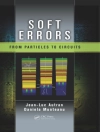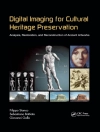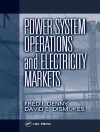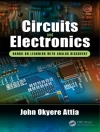This book presents smart energy management in the context of energy transition. It presents the motivation, impacts and challenges related to this hot topic. Then, it focuses on the use of techniques and tools based on artificial intelligence (AI) to solve the challenges related to this problem. A global diagram presenting the general principle of these techniques is presented. Then, these techniques are compared according to a set of criteria in order to show their advantages and disadvantages with respect to the conditions and constraints of intelligent energy management applications in the context of energy transition. Several examples are used throughout the white paper to illustrate the concepts and methods presented. An intelligent electrical network (Smart grid—SG) includes heterogeneous and distributed electricity production, transmission, distribution and consumption components. It is the next generation of electricity network able to manage electricity demand (consumption/production/distribution) in a sustainable, reliable and economical way taking into account the penetration of renewable energies (solar, wind, etc.). Therefore, an SG smart grid also includes an intelligent layer that analyzes the data provided by consumers as well as that collected from the production side in order to optimize consumption and production according to weather conditions, the profile and habits of the consumer. In addition, this system can improve the use of green energy through renewable energy penetration and demand response.
表中的内容
Introduction to Advanced Technology for smart environment and water.- Io T and energy challenge: A software perspective.- Smart energy systems for a sustainable future.- Energy efficient federated learning over wireless communication networks.- Renewable energy forecasting data.- Machine learning for advanced energy materials.- Research in the field of hydrogen for advanced energy.- Io T-based augmented reality mobile application for building energy monitoring.- Energy security and environmental quality contribute to renewable energy.- Green hydrogen energy by green nanoparticles Communication Technologies for Smart environment and Energy.- Wireless energy sensor networks.- Urban building energy modeling.- Conclusion.
关于作者
Jamal Mabrouki received his Ph.D. in Process and Environmental Engineering at Mohammed V University in Rabat, specializing in artificial intelligence and smart automatic systems. He completed the Bachelor of Science in Physics and Chemistry with honors from Hassan II University in Casablanca, Morocco, and the engineer in Environment and smart system from Ibn Zohr University. His research is on intelligent monitoring, control and management systems and more particularly on sensing and supervising remote intoxication systems, smart self-supervised systems and recurrent neural networks. He has published several papers in conferences and indexed journals, most of them related to artificial intelligent systems, Internet of Things or big data and mining. Jamal currently works as an environment, energy and smart system professor at Mohammed V University in Rabat, Faculty of Science. Jamal is a scientific committee member of numerous national and international conferences.












